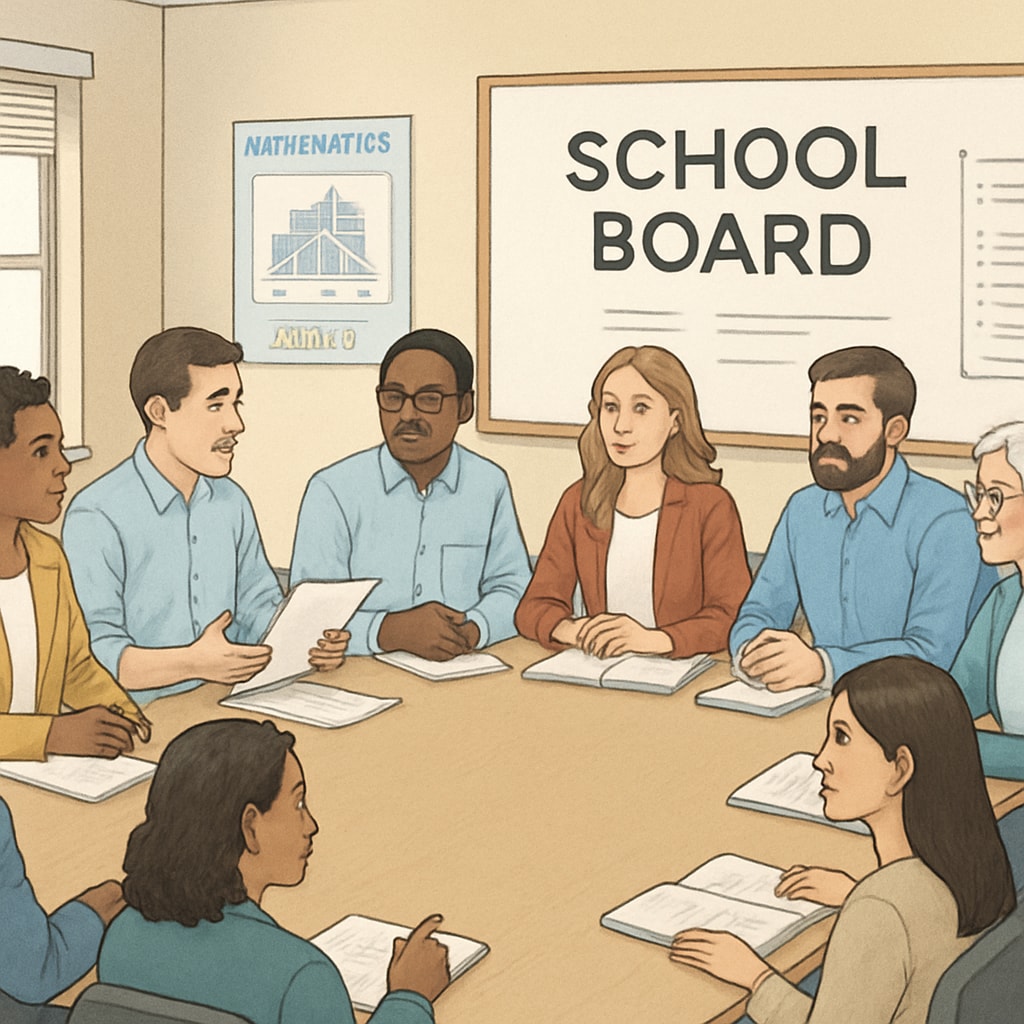When concerns arise about school board members with a history of child abuse, it sparks a community-wide alarm. The presence of individuals with troubling pasts on a governing educational body challenges the safety and trust parents place in schools. Addressing these issues is critical to safeguarding children while maintaining an environment of transparency and accountability. In this article, we explore the risks posed by such situations, the potential impact on the educational system, and actionable steps that community members can take to ensure child safety.
Why School Board Members Matter in Child Safety
School board members play a pivotal role in shaping policies and overseeing the administration of educational institutions. They are entrusted with decisions that directly impact the lives of students, including setting standards for safety, curriculum development, and disciplinary procedures. When a board member’s background includes a history of child abuse, this trust is compromised, raising serious concerns about their ability to prioritize the well-being of students.
For example, allowing individuals with documented abusive behavior to hold positions of influence risks normalizing harmful practices or enabling them to misuse their authority. Moreover, their presence can undermine parental confidence in the school system, leading to a breakdown of community support and engagement.

Community Actions to Address the Issue
Addressing the presence of school board members with a child abuse history requires a united and strategic community response. Here are several effective steps that can be taken:
- Demand transparency: Advocate for clear background checks and screening processes for board members. Transparency ensures that individuals with questionable histories are not placed in positions of authority.
- Organize town hall meetings: Create platforms for open dialogue where parents, students, and educators can voice their concerns and demand accountability.
- Petition for removal: If evidence of misconduct exists, initiate petitions to legally remove the member from their position. Collaborate with legal experts to ensure the process is conducted properly.
- Educate the community: Raise awareness about the importance of child safety and the implications of appointing unfit individuals to school boards.
These actions not only address immediate concerns but also foster a culture of vigilance and proactive engagement within the community.
Building a Safer Educational Environment
In addition to addressing individual cases, communities should work toward establishing long-term systems that prevent similar issues from arising. Consider implementing the following:
- Strengthened vetting processes: Advocate for mandatory background checks and psychological assessments for all school board members.
- Policy reforms: Collaborate with educational leaders to implement policies that prioritize child safety and create accountability measures for board members.
- Community oversight committees: Form committees composed of parents, educators, and child welfare experts to monitor school board decisions and practices.
Proactive measures like these ensure that the focus remains on protecting children and promoting a healthy educational environment for all.

Final Thoughts
When individuals with a history of child abuse hold positions on school boards, it sends shockwaves through the community. However, this is not a challenge without solutions. By leveraging transparency, community engagement, and proactive policies, parents and educators can take meaningful steps to protect the safety and well-being of students. Together, we can ensure that schools remain a place of learning, growth, and security for every child.
Readability guidance: This article uses concise paragraphs, actionable lists, and accessible language to ensure clear communication. Transition words like “however” and “in addition” are incorporated to improve flow, while passive constructions are minimized for impactful messaging.


